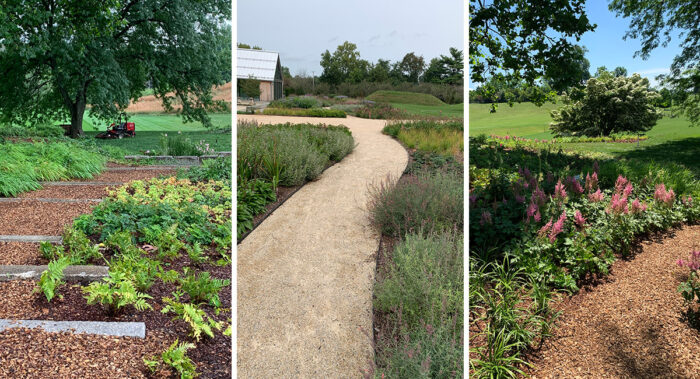
In recent years, many gardeners have been striving to create a naturalistic style by mimicking designers such as Claudia West, Cassian Schmidt, and, of course, Piet Oudolf. Fortunately, we Mid-Atlantic gardeners can look for inspiration locally. Delaware Botanic Garden as well as the High Line and Battery Park in New York City all have gardens designed by Piet Oudolf. I am lucky enough to maintain a private garden designed by this influential plantsman. From studying the design and participating in the creation of this private garden (along with visiting Oudolf gardens in the region), I have observed a few design principles that will help home gardeners get this distinctive Piet Oudolf look in their gardens.
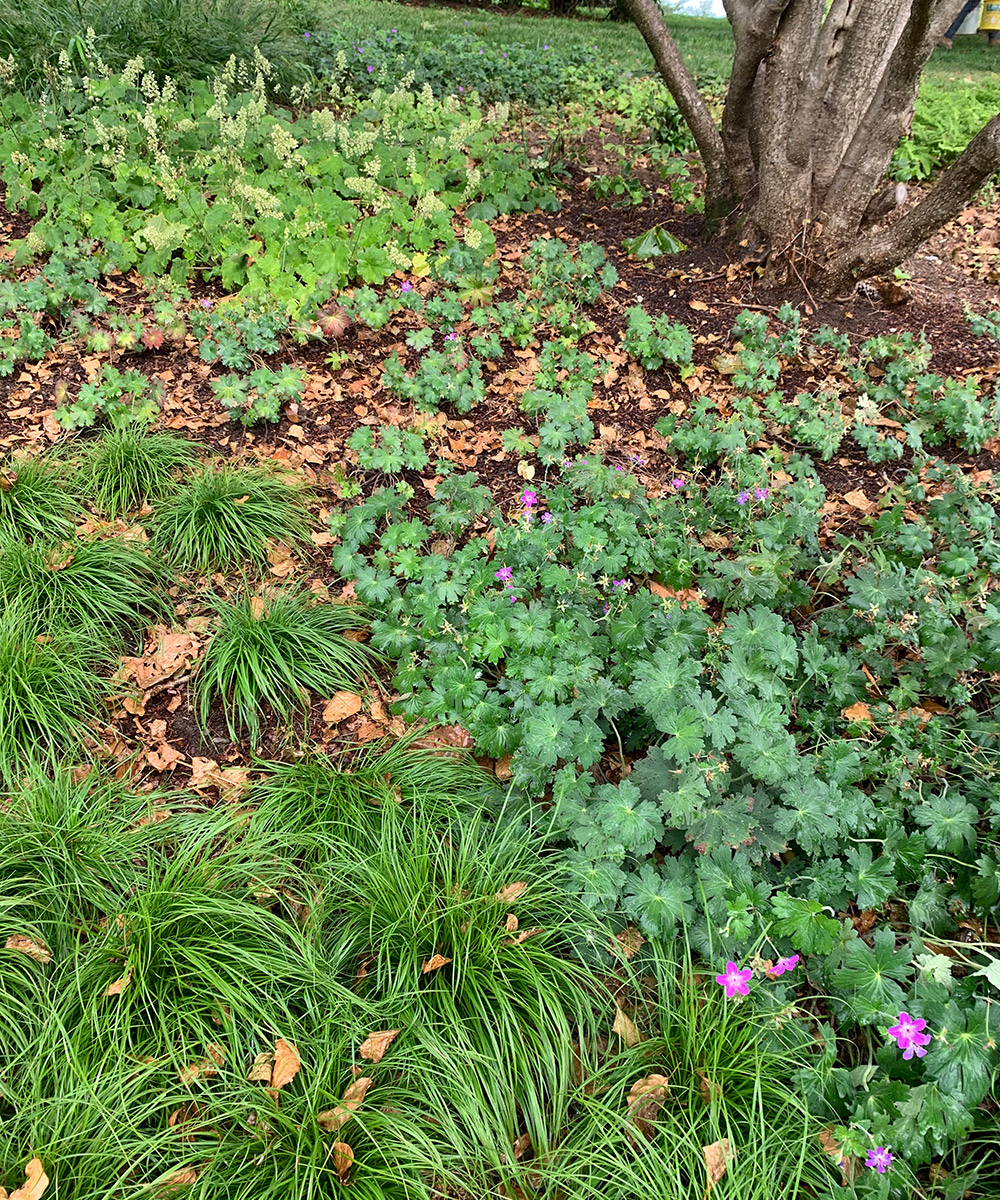
Mass plant in blocks
Piet Oudolf is known for bold swaths of color and texture in many of his gardens. This effect can be achieved on a smaller scale in the home garden. The average Mid-Atlantic gardener may not have room for 40, 50, or 60 plants in groups, but scaling it down while still clustering the same plants together will create the same result. Be sure to group plants together to form tight blocks, and place them a little closer than you would normally. The effect will be stunning immediately, and as the plants fill in, they can easily be divided and moved or will naturally move around by spreading or reseeding.
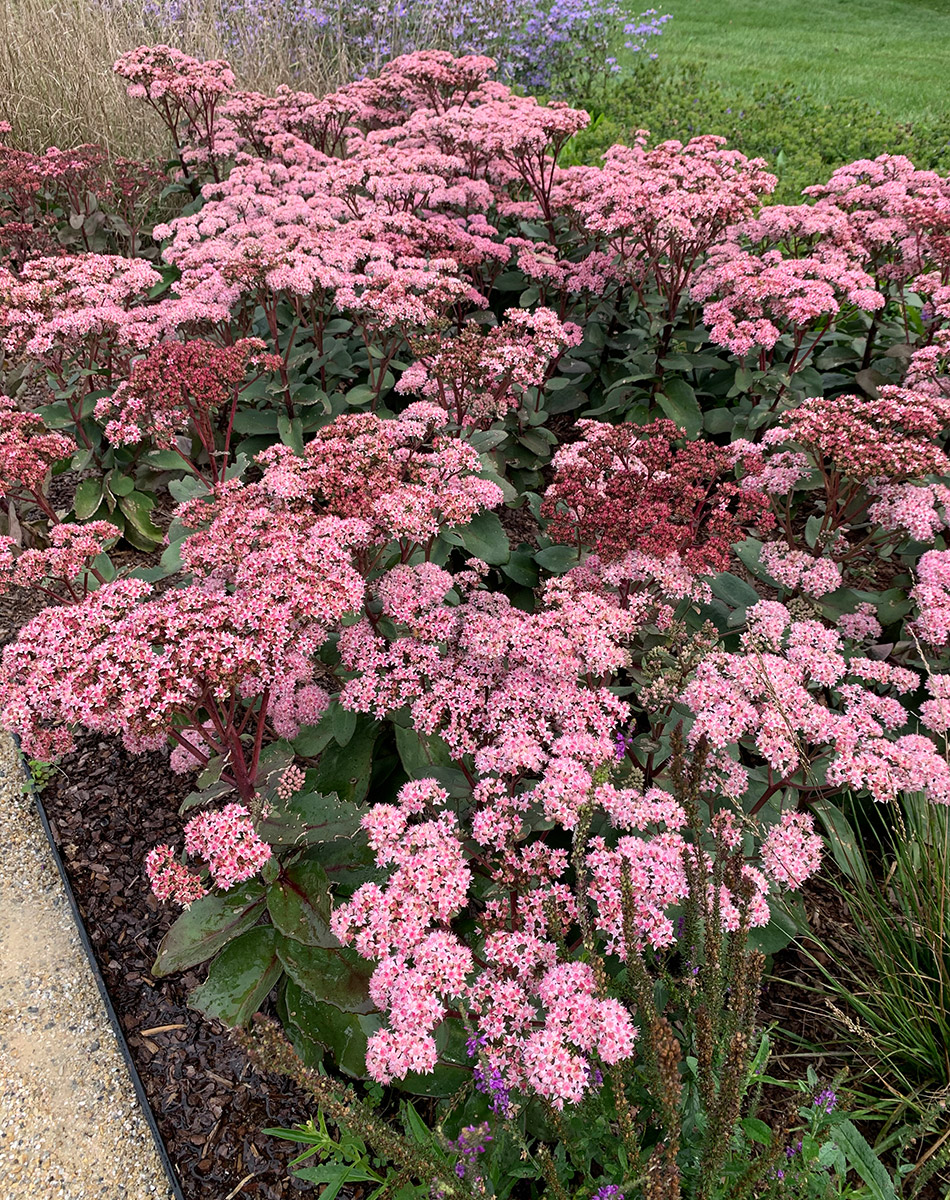
Create winter structure
Structure, a hallmark of an Oudolf garden, is created by plants with unique forms placed together. Plants that will stand throughout the fall and winter months are must-haves and will look great long after flowering. Perennials such as ‘Matrona’ stonecrop (Hylotelephium telephium ‘Matrona’, Zones 3–9), Tennessee coneflower (Echinacea tennesseensis, Zones 4–9), and Eastern bee balm (Monarda bradburiana, Zones 5–8) can add wonderful structure year-round. The sturdy flower stalks of all three of these plants hold onto the dried flower heads for most of the winter.
Grasses can be used for structure while at the same time they add movement to the garden. ‘Shenandoah’ switchgrass (Panicum virgatum ‘Shenandoah’, Zones 5–9) as well as various bluestems (Andropogon spp. and cvs., Zones 4–10) can stay up throughout the winter season, adding a vertical element and providing our animal friends an additional food source and some shelter.
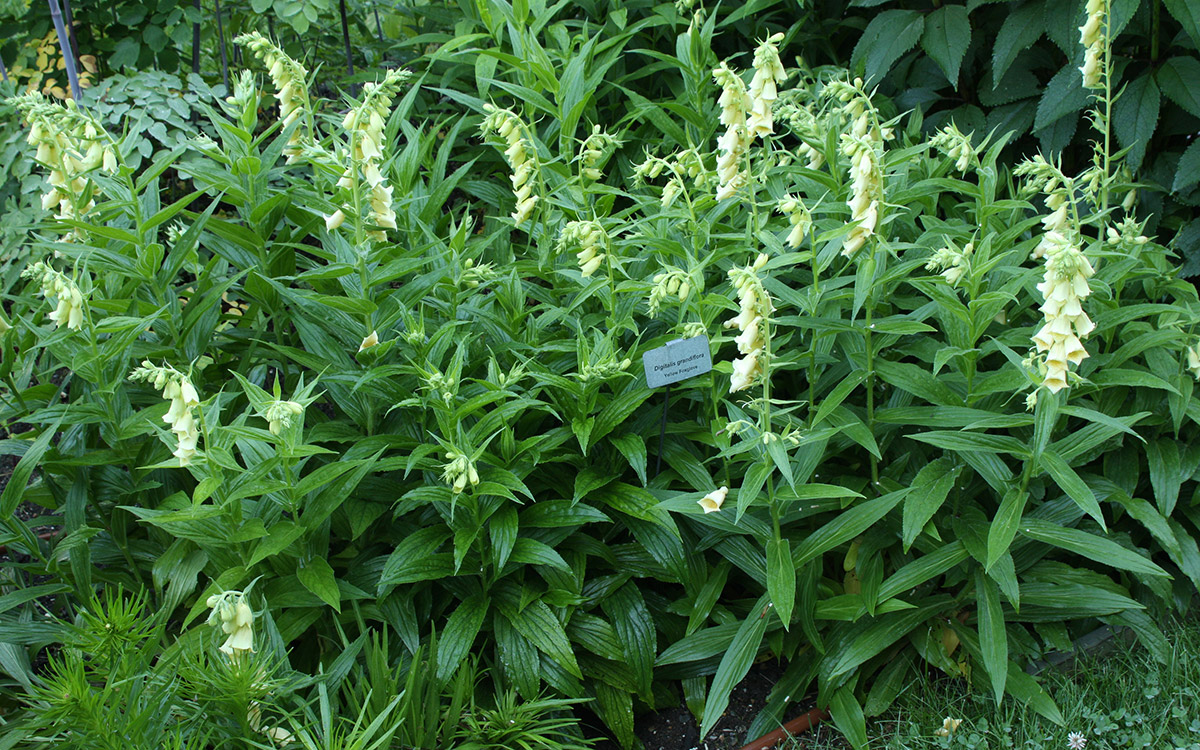
Add pops of interest
On an Oudolf design plan or in his design books, you may see that he labels plants as individual, or scatter, plants. These plants are used to add interest to a larger group of plants. Perennials such as yellow foxglove (Digitalis grandiflora, Zones 3–8), ‘Perry’s White’ Oriental poppy (Papaver orientale ‘Perry’s White’, Zones 3–7), and ‘China Purple’ bush clematis (Clematis heracleifolia ‘China Purple’, Zones 3–9) are dotted through block plantings. These scatter plants have the side effect of adding a sense of cohesiveness to larger block plantings.
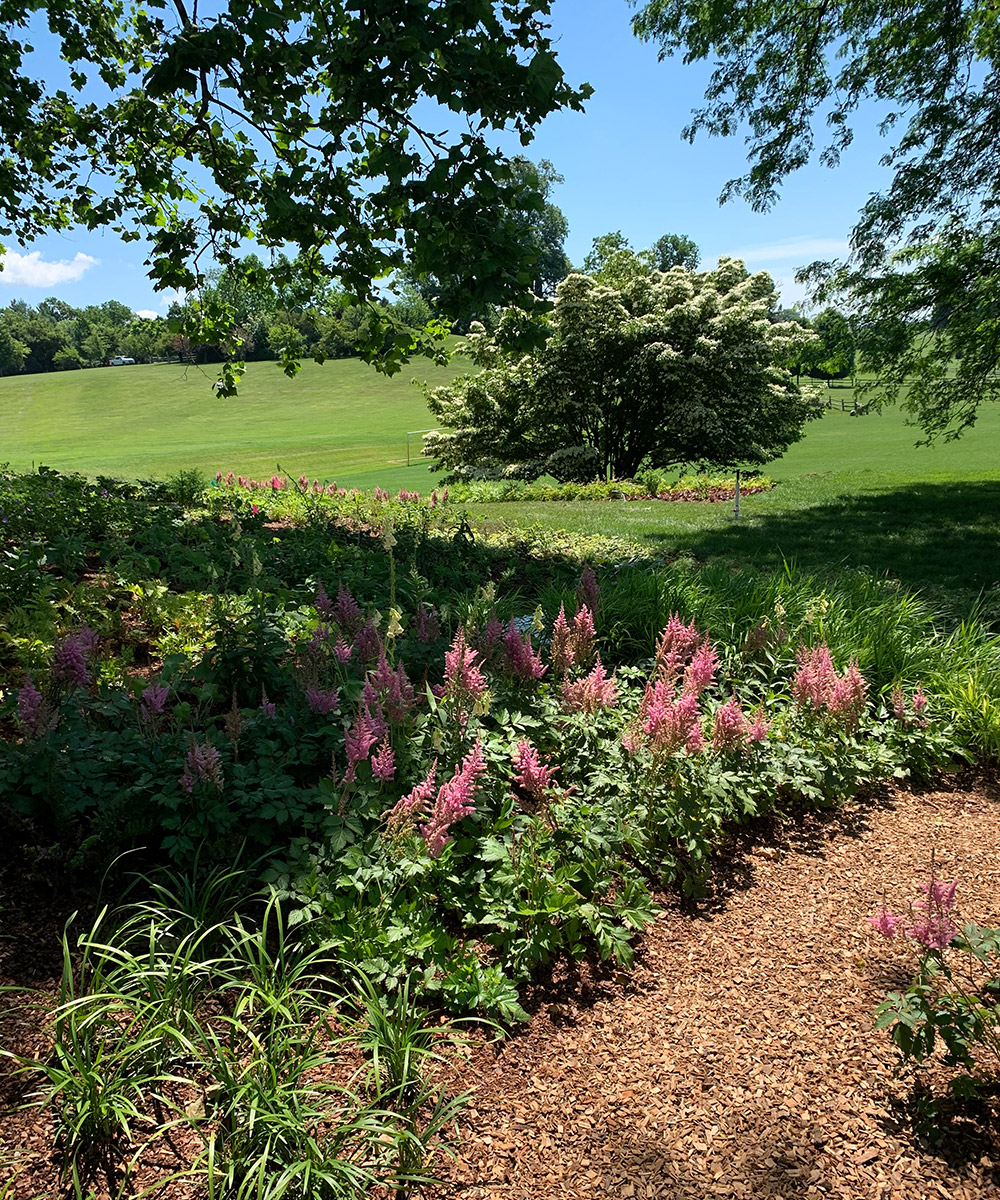
Plant for every season
Every Piet Oudolf garden contains year-round interest. One season flows beautifully into the next by way of bloom succession, foliage color, and texture. Mid-Atlantic gardeners can achieve this by looking to native plants. Gardeners familiar with plants native to this region know the natural succession of color and texture that they observe around them every year. Adding native or nonnative ornamentals to the mix will create a naturalistic multiseasonal display. For example, hairy alumroot (Heuchera villosa, Zones 3–8), ‘Visions in Pink’ astilbe (Astilbe chinensis ‘Visions in Pink’, Zones 3–8) and Japanese forest grass (Hakonechloa macra, Zones 5–9) all have more than one season of interest. When grouped together, this combination provides interest for every season.

Take cues from existing surroundings
Fortunately, the Piet Oudolf gardens at the Delaware Botanic Garden, the High Line, and Battery Park can be inspirational to any Mid-Atlantic gardener looking to create a flowing, natural garden. These gardens are unique in that they take elements of the natural spaces where they are located. The High Line, an old railway running along Manhattan’s west side, was inspired by the wild plants growing unattended along the abandoned track. Southern Delaware’s flat, dry landscape amid farmland was the backdrop for the prairie garden appropriately set in its environment. Taking elements of the natural setting while using Piet Oudolf’s design techniques will surely elevate the Mid-Atlantic gardener’s landscape.
—Michele Christiano has worked in public gardens for most of her career. She currently works as an estate gardener maintaining a private Piet Oudolf garden.
Fine Gardening Recommended Products
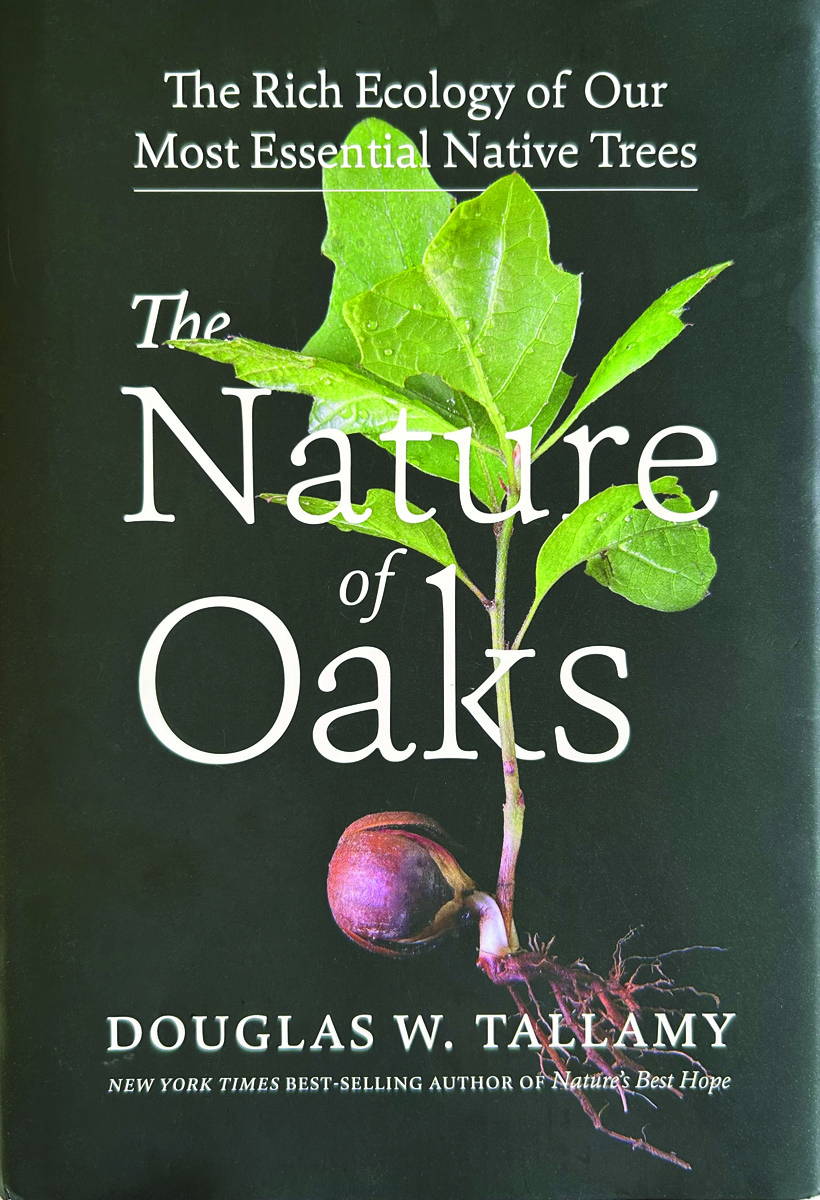
The Nature of Oaks: The Rich Ecology of Our Most Essential Native Trees
Fine Gardening receives a commission for items purchased through links on this site, including Amazon Associates and other affiliate advertising programs.

SHOWA Atlas 370B Nitrile Palm Coating Gloves, Black, Medium (Pack of 12 Pairs)
Fine Gardening receives a commission for items purchased through links on this site, including Amazon Associates and other affiliate advertising programs.
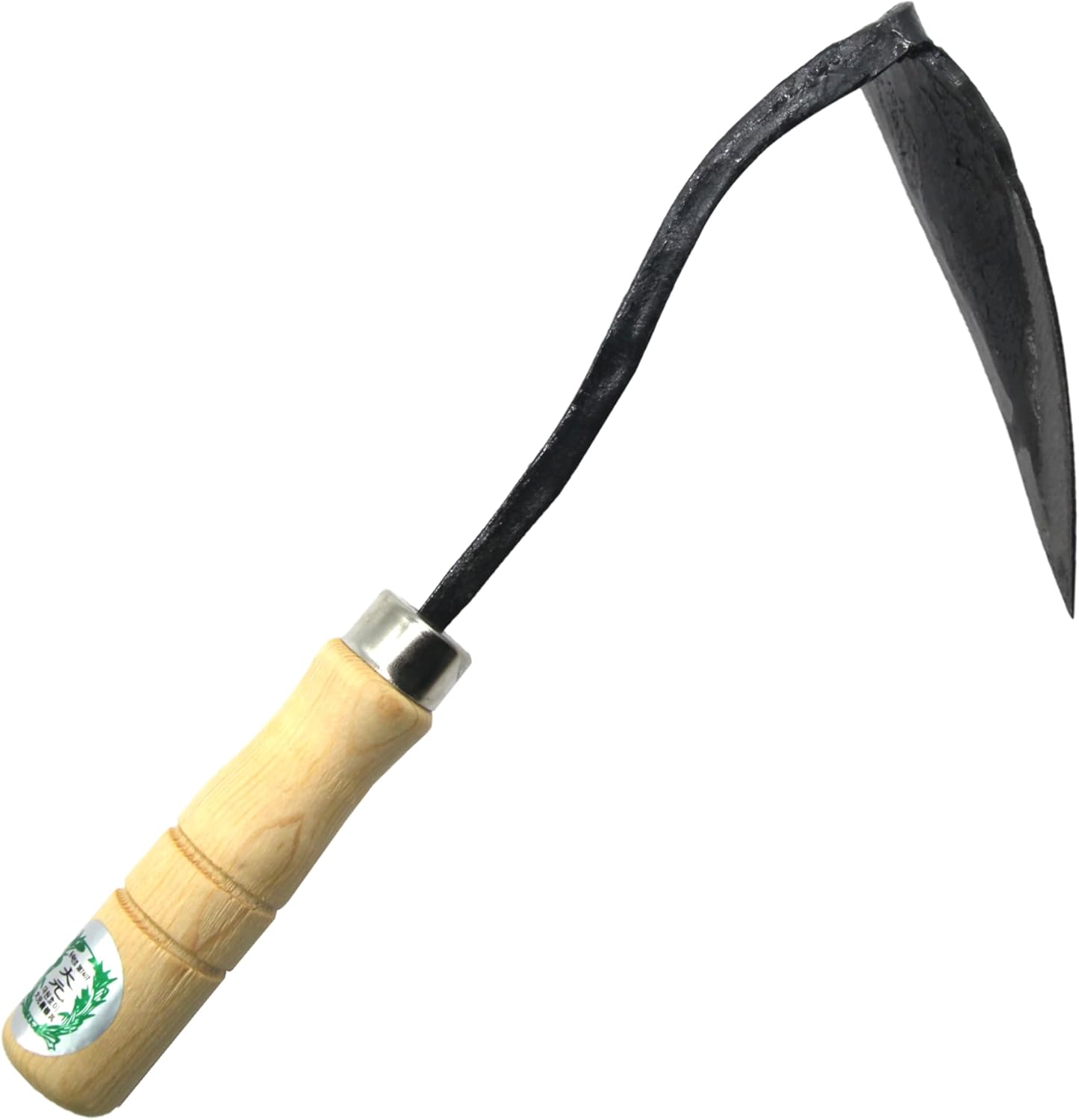
Ho-Mi Digger - Korean Triangle Blade
Fine Gardening receives a commission for items purchased through links on this site, including Amazon Associates and other affiliate advertising programs.





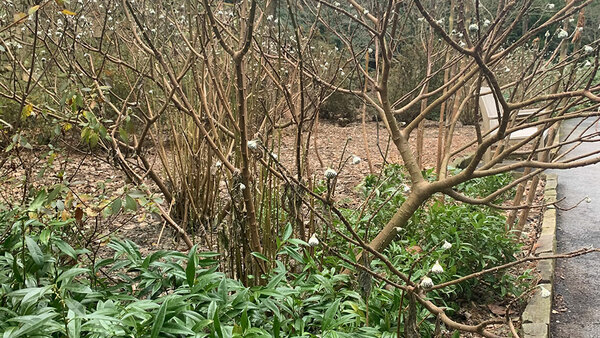
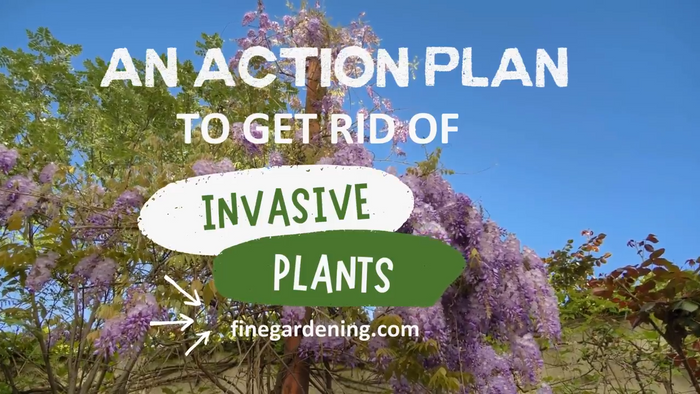
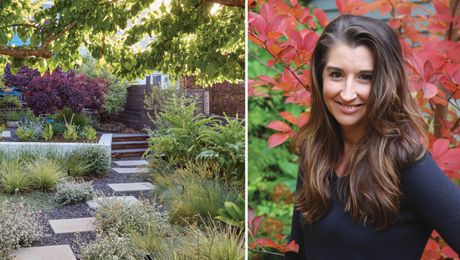
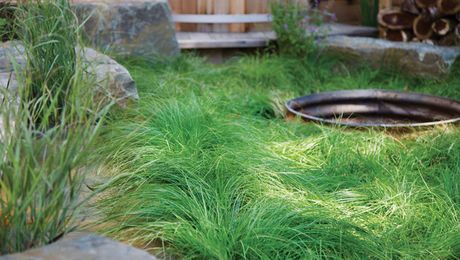










Comments
Log in or create an account to post a comment.
Sign up Log in